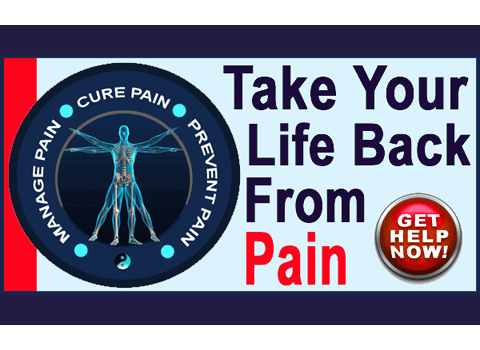
Pregnancy lower back pain can cast a dark shadow on a happy, but often anxious time of life. Pregnancy is known to take a heavy toll on a woman’s body, depleting her organic resources and making her body work hard to just provide for her and her baby’s basic needs. All this stress can create painful dysfunction in the anatomy thorough structural, functional and mindbody mechanisms of action.
The lower back must bear the brunt of the physical stress imposed by an asymmetrically protruding abdomen. The changes in body shape, size and weight also alter the way the body functions in many respects, including posture and ambulation. Of course, pregnancy is a time of great emotional accounting and many find that this period of life sets the ideal stage for mindbody symptoms to begin or worsen.
This dialog explores how lower back pain can be the direct result of pregnancy. We will examine all the ways that this can occur, including those rarely discussed in traditional medical resources.
Structural Pregnancy Lower Back Pain
Being pregnant changes the anatomical structure of the spine. The third trimester of pregnancy involves dramatic alteration in the proportions of the body, since the abdomen protrudes forward and is largely unsupported from below, creating massive strain on the lower back to “balance the load” of the reshaped anatomy. It is also typical for the breasts to grow substantially throughout pregnancy and continue to be larger than normal through the nursing stage following the birth. This extra frontal mass also places a significant degree of stress on the vertebral column.
Typical structural changes in the lower spinal anatomy include an increase in lordotic curvature due to the abdomen pulling the spine forward. The pelvis often also tilts forward more than is deemed typical, since it too can not easily balance the stress of the extended abdominal tissue.
Changes to the curvature in the lower back can cause or exacerbate a variety of structural diagnoses, including spondylolisthesis, scoliosis, abnormal lordotic curvature, degenerated and herniated discs, spinal stenosis and other conditions.
Functional Lower Back Pain When Pregnant
The changes to the anatomy can also have far-ranging functional consequences that may contribute to various expressions of pregnancy lower back pain and sciatica:
Changes to the spinal curvatures and pelvic alignment might subsequently affect the sacroiliac joint and create various forms of dysfunction in the skeletal or ligamentous components of the joint. Since relaxin is a pregnancy-related hormone that acts direct on the sacroiliac, functional changes during and following pregnancy are very commonplace.
Changes in posture and gait can contribute to hamstring issues or piriformis syndrome, both of which can cause severe lower body pain conditions.
The increased weight of the body alone will enact more strain on muscular tissues, particularly those in the postural muscle grouping.
Changes in spinal alignment can also affect local functionality in the vertebral column, creating facet joint subluxations and possible mechanical lower back pain problems.
Mindbody Pregnancy Lower Back Pain
Pregnancy is also a time of great psychoemotional change. Women are often consciously or subconsciously struggling with the many pressures of bringing a new life into the world. Therefore, mindbody pain syndromes are very common during pregnancy and even more common postpartum. Since the lower back is always a symbolic representation of “carrying problems” it is no wonder that so many of these painful expressions occur here.
Additionally, the pregnancy and birth can act as a very convincing camouflage for the true mindbody nature of the symptoms, making them even more effective at keeping the consciousness focused on the needs of the pained physique, while ignoring the much more sensitive issues that reside in the subconscious, but seek constant escape from this well-guarded prison. The pain serves to occupy the resources of the consciousness to prevent revealing the truth of the sensitive emotional content to the conscious mind.
On a related note, parenting is proven to also be an ongoing source of psychogenic pain in many instances. We have worked with countless women who were told that their pregnancies years before were the reason why they were suffering terrible low back pain now. In virtually no case did we find an evidence of spinal pathology, but we often discovered proof of psychoemotional issues that would form the ideal basis for these chronic pain problems. When treated with knowledge therapy, these issues disappeared, confirming the diagnosis of psychogenic symptomatic activity and offering a holistic, safe and permanent cure for this cruel torture.





